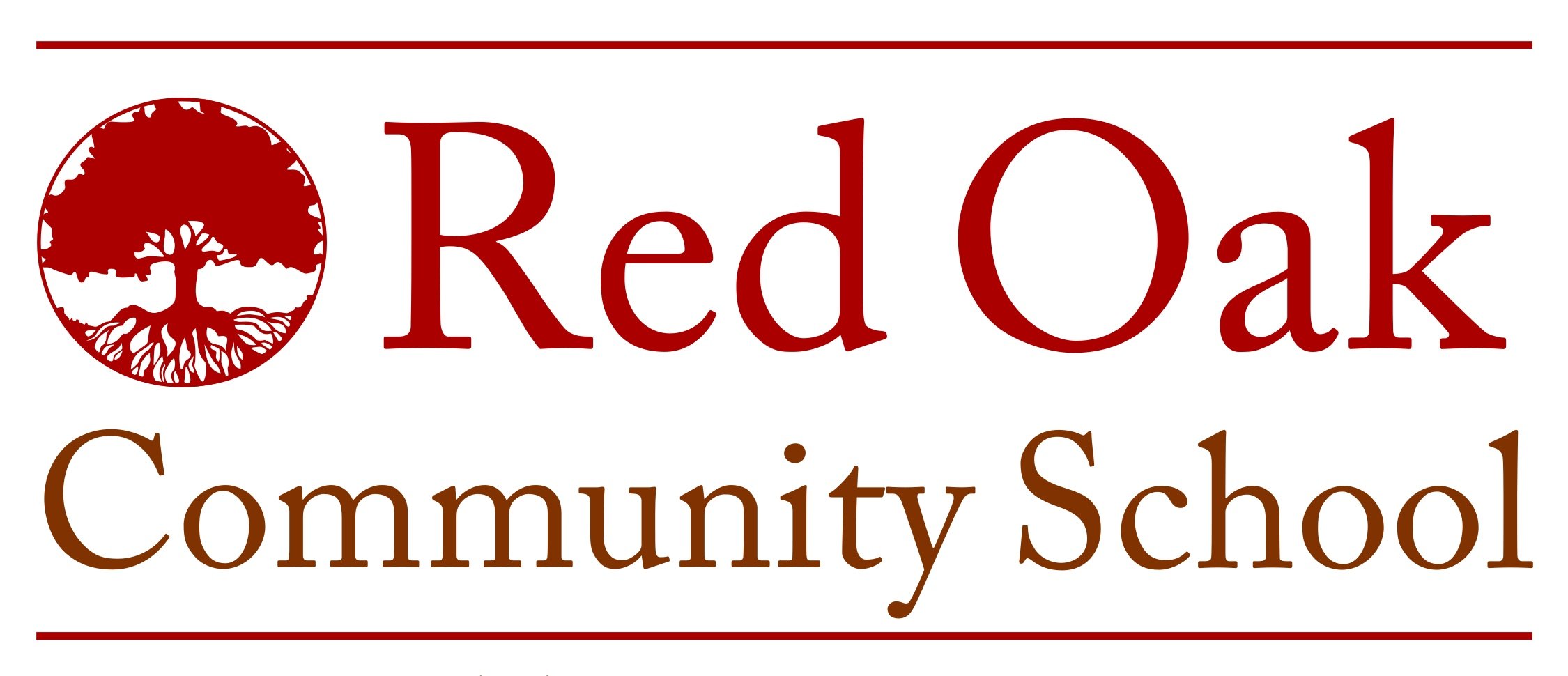Welcome Back to ROCS with SEL
There’s an old adage amongst educators, “Students don’t care how much you know until they know how much you care." Today we know that students don’t learn only from their teachers, but also, as the Reggio Emilia philosophy suggests, from their fellow students and the spaces in which they study. And so it follows that in the first days of school, students should become aware of their responsibilities to care for one another. They should learn to consider how their words and actions impact their classmates’ abilities to learn and to thrive as human beings.
Creating a community of learners who care about and are invested in one another’s success is a value that guides our work at Red Oak Community School. (Read more on this and all our values at http://www.redoakcommunityschool.org). This year our teachers highlighted Social and Emotional Learning (S.E.L.) objectives from the start.
Selections from Maureen’s Back to School book collection.
So much at Red Oak begins with a story. After reading a few of the selections above, our new and returning older students made a two column chart of "OK Feelings" and "Not OK Feelings". Maureen asked students to write feelings on post-it notes and put them in one or the other column. She expected there would be a big reveal when she removed the headings and both columns were labeled "Fine!" because all feelings must be accepted. To her surprise, she got a lot of pushback from the students. "Wait! What?” They asked. “It's OK to feel any feeling." "Maureen, don't you know it's ok to feel mad or sad?" Maureen was happy to have her prepared plot twist spoiled as students shared what they have learned in previous years. All feelings are fine, but not all actions we take in response to those feelings are acceptable.
In their writing, students explored ways to self-advocate by using the framework:
I feel ________________.
I need _______________.
I can_________________.
This gave them a chance to name their feelings, recognize a need to address their feelings, and think of an action they can take to meet that need. Answers ranged from the silly (I feel like eating tacos. I need to eat tacos. I can go to Chipotle.) to the profound (I feel furious! I need some space! I can ask for it.)
The Sparrows, Bluebirds, and Egrets concluded their investigation into feelings by taking a quick look at the science of the brain. They talked about the triune brain model and talked about how brain development starts at the bottom and works it way up. How toddlers having temper tantrums are getting stuck in the the most developed parts of their brains, their "feeling brain." How the prefrontal cortex - which helps us moderate feelings and social behaviors among other things - isn't fully developed until you're about 25. And how accessing your "thinking brain" is like a muscle in that the more you use it the better you get.
Michelle introduced our youngest students to social and emotional learning through stories, activities, and journaling. For example, they learned about identifying emotions, using "I feel ________ when..." statements. After reading Sophie Gets Angry...Really, Really Angry, they shared examples of when they felt angry and talked through strategies to help work through those feelings to calm down. They came up with a list of things they already do, then added some new ideas to try. They gathered those ideas into a picture card deck to add as a resource in the Peaceful Corner of our room, a space kids can go to when they need a break or moment to calm down.
Our Chickadees also explored ways to make new friends while reading Someone New and We Don't Eat Our Classmates. The books stimulated discussion as they shared ideas to welcome and befriend others. Along with the focus on befriending others, Chickadees listened to How Full Is Your Bucket? while acting out feelings in the story. Afterwards they played a game in which they said kind words/compliments to each other and enjoyed seeing how this could fill others' as well as their own "buckets". They extended this lesson beyond the classroom by helping make posters for the ROCS team to take to the CRIS Run for Refugees.
We’re sure these activities will help us build a strong community of learners that will carry us through this school year. And we hope our students will take theses lessons beyond the classroom into their lives, homes, and communities to help make the world a kinder place.


